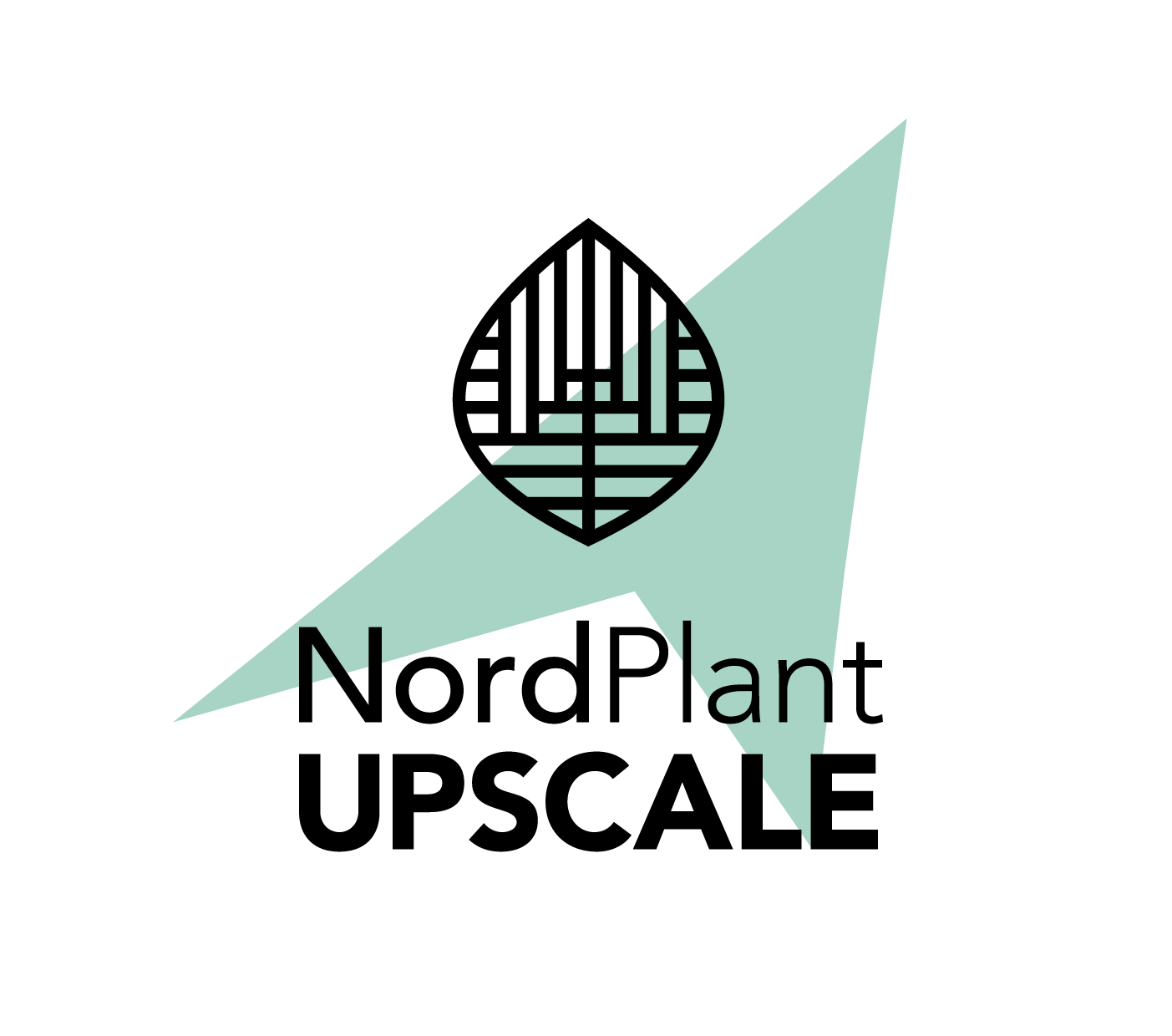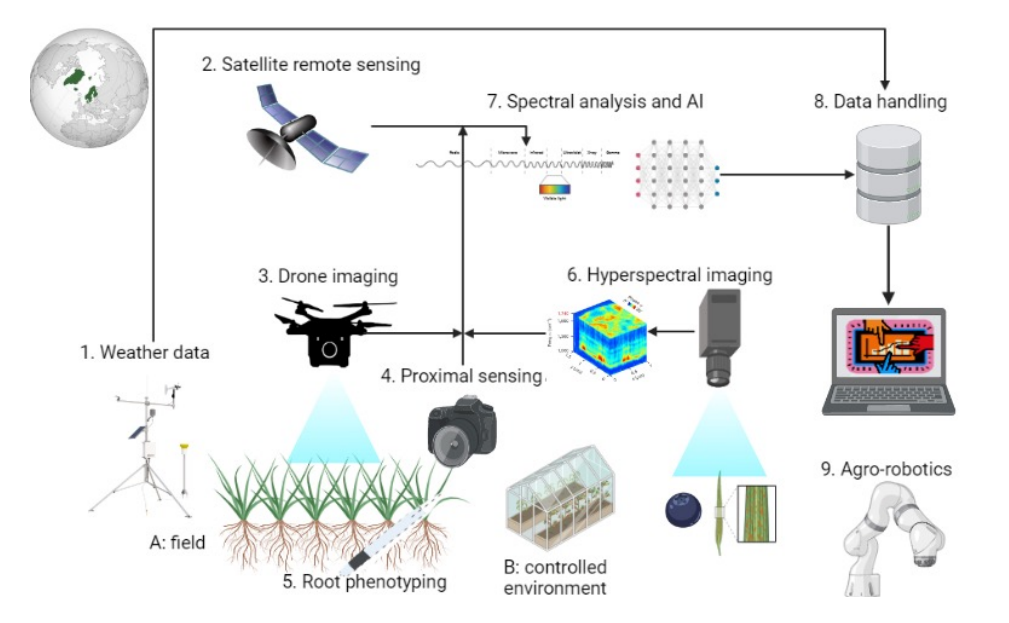We are happy to announce that the NordPlant and UPSCALE initiatives have contributed the the report “Fast Track to Vision 2030”.
How can research contribute to realising The Nordic Council of Ministers’ Vision 2030? In the new report Fast Track to Vision 2030, researchers from projects funded by NordForsk or Nordic Energy Research contribute with 33 policy brief articles giving recommendations for how the Vision 2030 can be delivered.
The report has three parts that address the following:
1. The challenges, opportunities and consequences of digitalisation in our society.
2. The Nordics Region’s natural environment, climate, green energy, bio-economy and healthy food systems.
3. The Nordic Region and relations with neighbouring countries, including research into migration and integration, and how to preserve and promote safe and healthy Nordic welfare societies.
Director of NordForsk, Arne Flåøyen, believes that the report provides important input for the delivery of Vision 2030: “We want the publication to contribute relevant research-based knowledge that can be included in the analysis of the challenges and opportunities for Nordic co-operation in the years to come.”
“Plant phenotyping and remote sensing for a sustainable and competitive Nordic agriculture” Page 82-87
Read the report!
In a nutshell we suggest the following
How does plant phenotyping and remote sensing create a green, competitive
and socially sustainable Nordic Region by 2030?
We need plant phenotyping and remote sensing in the Nordic countries to:
• Accelerate plant breeding in order to diversify and adapt Nordic agriculture to future climate
scenarios, increase demand on self-sustainability, and improve nutrition. This can also help in
meeting demands around the increased importance of Arctic agriculture.
• Monitor and better understand factors affecting the crop yield and quality, including crop
diseases, also caused by new invasive species expanding North due to climate change.
• Supply phenotypic and remote sensing data to improve crop growth models, which can lead
to a more resource-efficient agriculture and better decision support systems for farmers.
• Assist in robotisation and adaption of AI in Nordic agriculture.
• Create a closer link to ecosystems research where remote sensing by satellite together
with root phenotyping can help the understanding of carbon fixation and flux in large-area
estimations of crop-dynamics, and help develop mitigation actions against climate change.
In order to meet these needs, we have to strengthen:
Networks and education
• By maintaining current networks and creating new meeting arenas that foster solutionoriented, interdisciplinary improvements and innovations.
• Through continued private–public breeding partnerships, which have historically held a strong
position in the Nordic plant breeding community. Furthermore, the relatively small but crossdisciplinary Nordic phenotyping and remote sensing community can be an efficient ground
for an increased interaction around AgTech and AI.
• By strengthening the teaching and communication regarding plants and their importance in
mitigating climate change, and in providing sufficient and nutritious food and clean energy.
We believe that technology around phenotyping and remote sensing can attract new student
groups as young as those at high school level, who may not have been previously interested in
agriculture.
Establish comparative latitudinal studies to:
• Contrast the yield performance and nutrient status of crops along the Nordic latitudinal
gradient.
• Better understand root establishment in Nordic climates by root phenotyping; a larger root
system can increase the carbon fixation potential and facilitate more climate resilient crops.
• Determine the climatic influence on the efficiency of biologicals that can lead to a lower
reliance on chemical agricultural inputs.
Improve data storage, handling, integration and analysis
• Improve methodologies to process and integrate remotely sensed data from optical and
radar platforms with crop models.
• Create user-friendly and rewarding systems for researchers, companies and farmers to
report phenotyping and remote sensing data adhering to the FAIR principles


